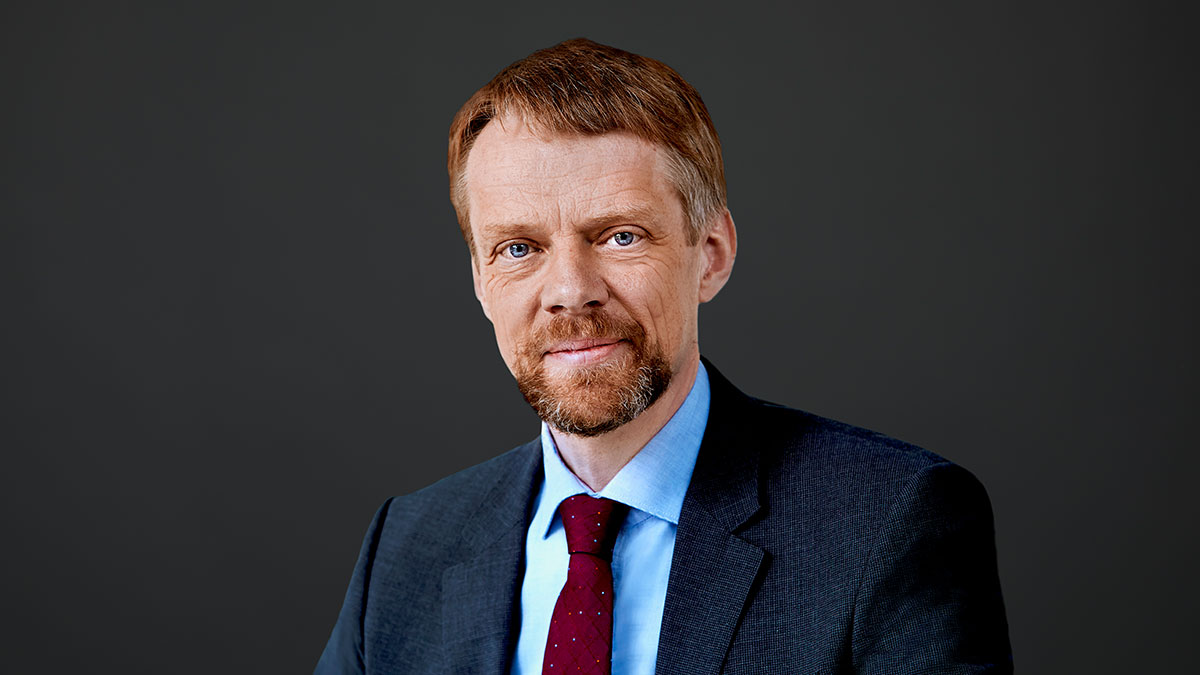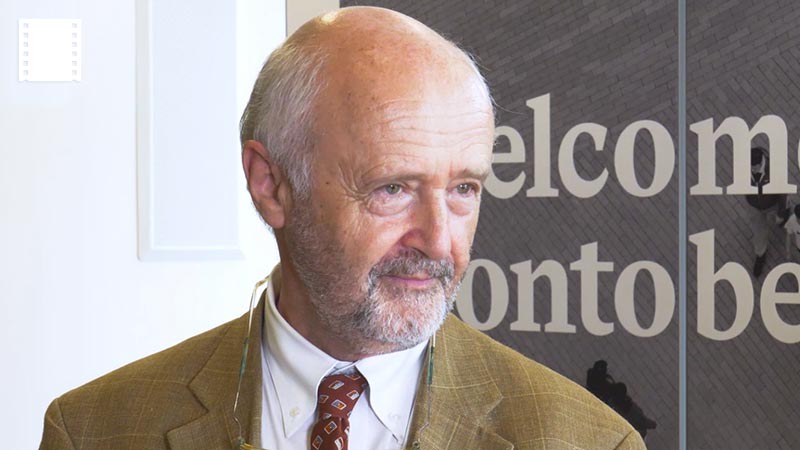
Investing in real estate from a sustainability perspective
Pubblicato il 27.07.2018 CEST
An assessment by our real estate expert Klaus Kämpf
Investments in real estate are long-term in nature and can only be reversed at great expense. For these reasons, it is worthwhile to consider sustainability as an evaluation criterion in the investment process, to support the investment decision.

Klaus Kämpf is Head of Sustainability Research Real Estate at Vontobel Asset Management.
When investing in real estate, it is worth taking the perspective of sustainability into consideration, in addition to technical and financial criteria. Three points are of particular relevance:
- Location
- Building
- Needs of the users
"Let him who binds himself forever… Passion is short, repentance long."
(Friedrich von Schiller, The Song of the Bell)
Deciding on the location comes first
Mistakes made when purchasing real estate usually follow the owners for a long time – especially mistakes concerning their decision on a location. While the owners may hold all the cards themselves when it comes to keeping the building in good condition, they have virtually no influence on how the location will continue to develop in the future. All the more important, then, are diligence and foresight in the selection of investment sites. An investment site that will continue to be favorable in the future is characterized by
- Good legal and demographic conditions
- Economic prosperity
- High quality of life
- Good infrastructure
Requirements for the building
It is already taken for granted that buildings will be as energy efficient as possible. In addition, a building must above all fulfill the needs of its users. This does not only apply to supposedly "hard" factors such as floor plans or parking spaces, but also to factors affecting well-being, such as lighting conditions, the appearance of the rooms and the quality of the indoor air. After all, these are often decisive as to whether tenants can be found and kept over the long term.
Even the infrastructure in the immediate vicinity becomes part of the decision when viewed through the lens of sustainability. For residential buildings, relevant factors include shopping facilities, medical facilities and schools, among others; for office buildings, these include catering options and effective connections to public transport that leads back to residential areas.
Flexibility to accommodate different needs of building users
It is a given that the future needs of a building’s users will change over time – we simply do not know exactly how. The following developments are currently emerging:
- Continuing urbanization and demographic change will alter the housing markets.
- Telecommuting and shared office concepts will require different office landscapes.
- Traditional retailers need to find a way to respond to internet-based commerce.
While buildings are durable, the ways they need to be used can change from one day to the next. Conversions are expensive for the owner and usually result in compromises. The best way to deal with uncertainty about future requirements is to make buildings as flexible as possible from the outset in terms of how they can be used: an office building’s entrances, elevators, toilets and plumbing, for example, should be planned in such a way that rental spaces can later be changed, or offices can be converted into apartments with minimum expense.
About Klaus Kämpf
Klaus Kämpf has been Head of Sustainability Research Real Estate at Vontobel Asset Management since 2017. Previously, he worked in a similar capacity since 2009 at Vescore AG and Bank J. Safra Sarasin. Prior to that, he was Project Manager Environment and Traffic at Prognos AG.
The Vontobel sustainability analysis
Vontobel evaluates the sustainability of sites and buildings in the context of investment decisions, using our own rating system. This includes two components:
- As part of a (macro) location rating, cities are identified that are well prepared to meet the needs of the future. The framework conditions as well as such criteria as population, quality of life, infrastructure and economy are taken into consideration.
- When evaluating the sustainability of a specific building and its immediate surroundings, we assess factors such as mobility, the building’s setting, energy and the environment, comfort and well-being, as well as quality of use and flexibility.
Pubblicato il 27.07.2018 CEST

